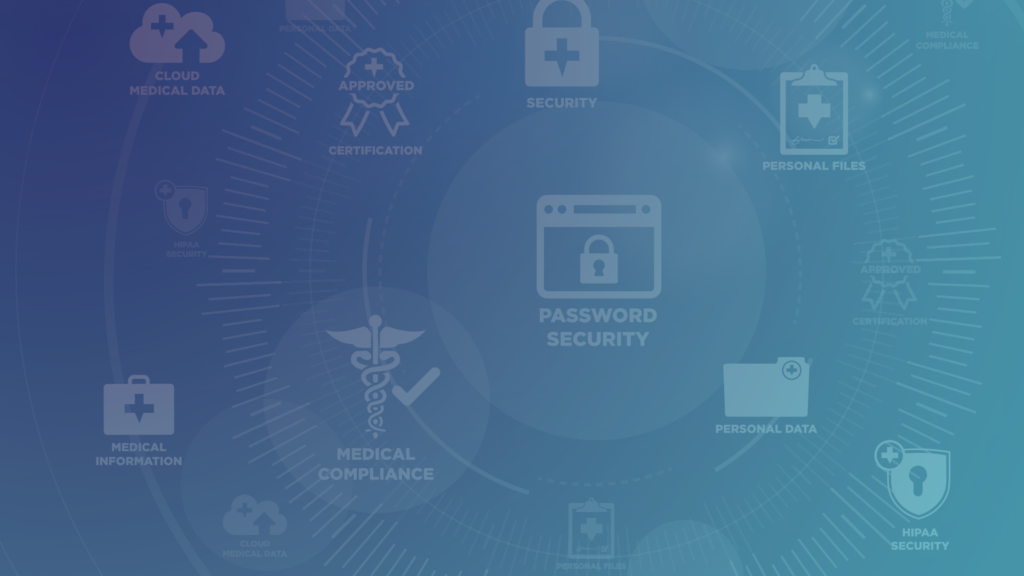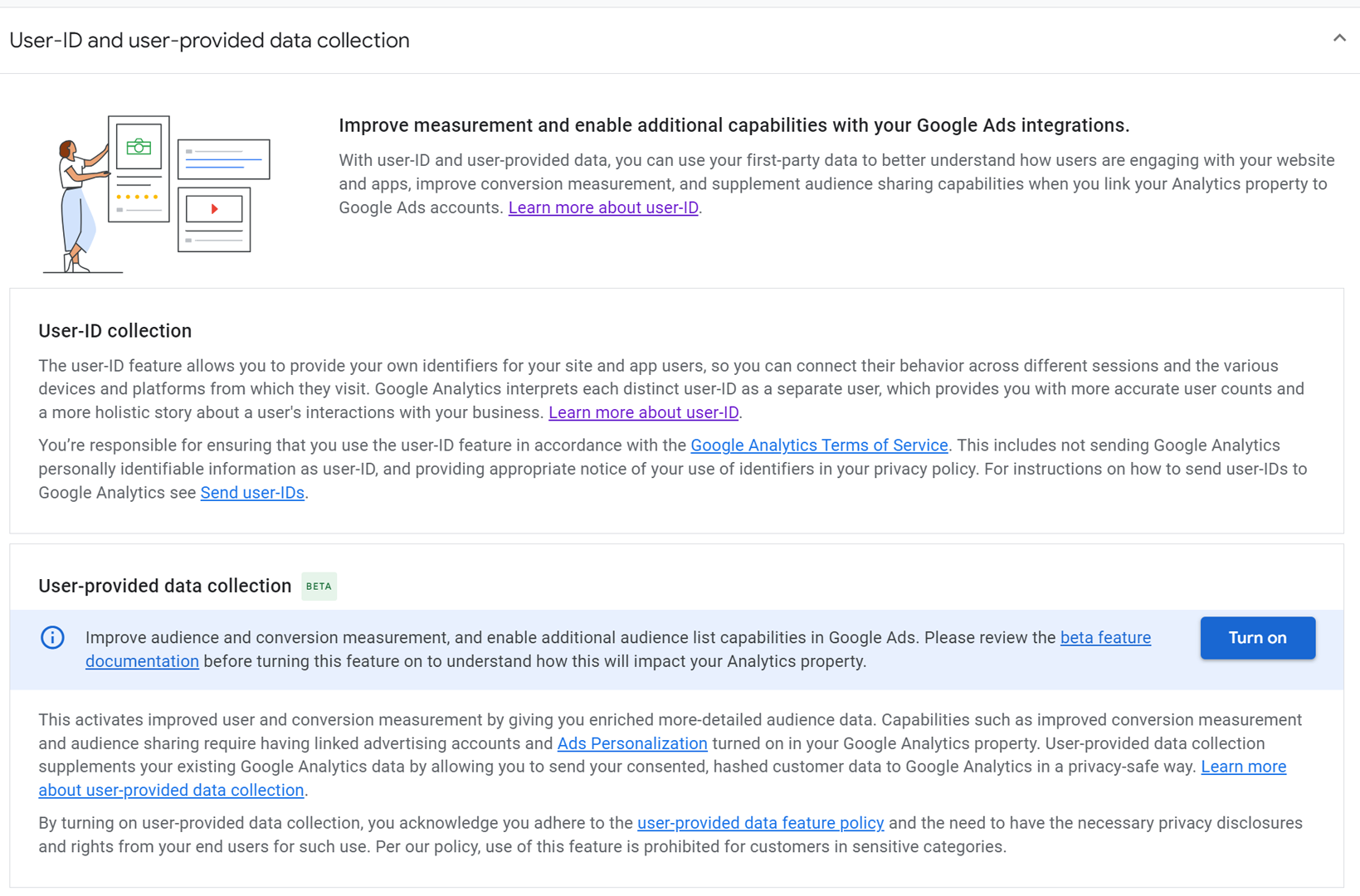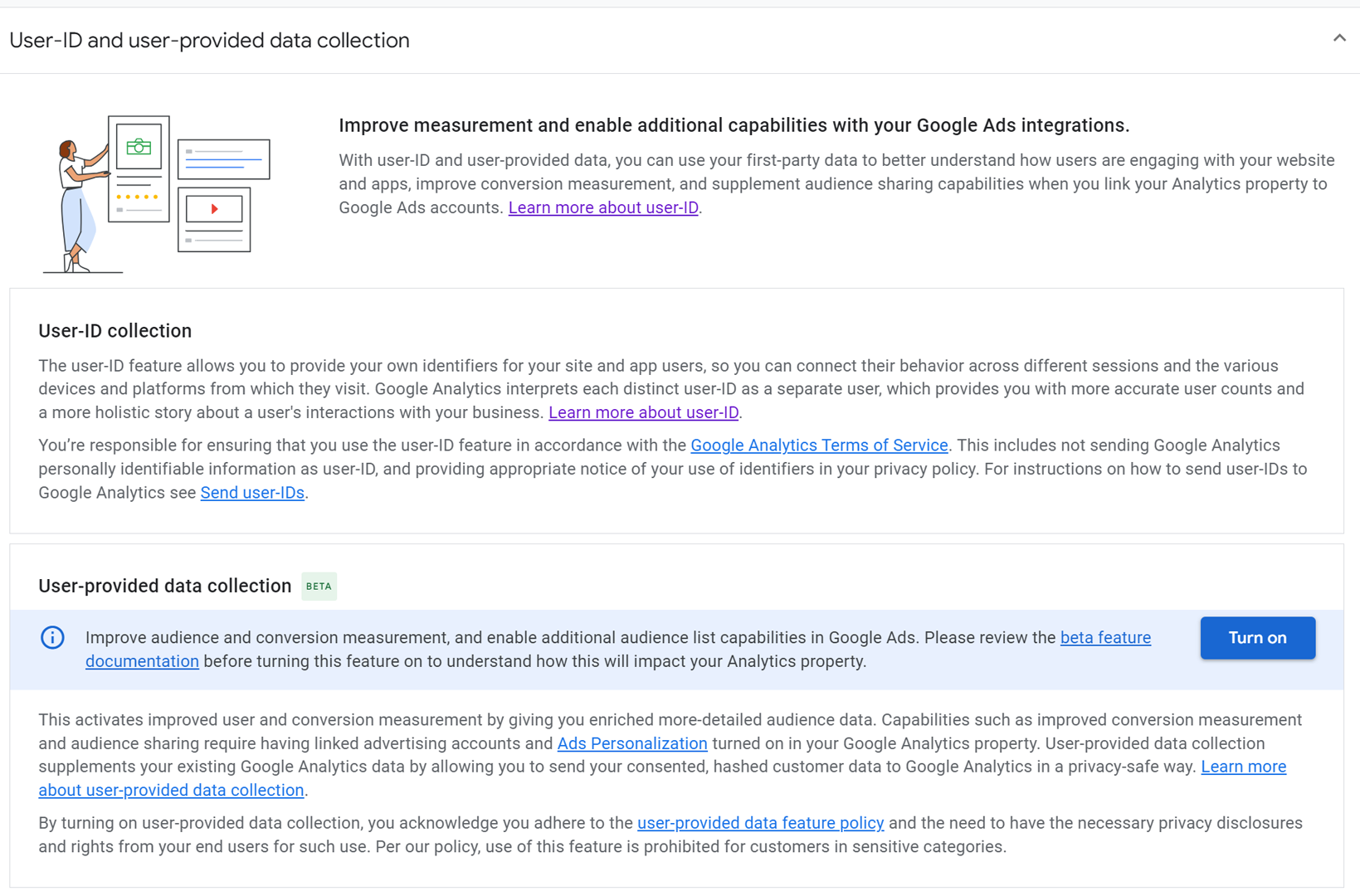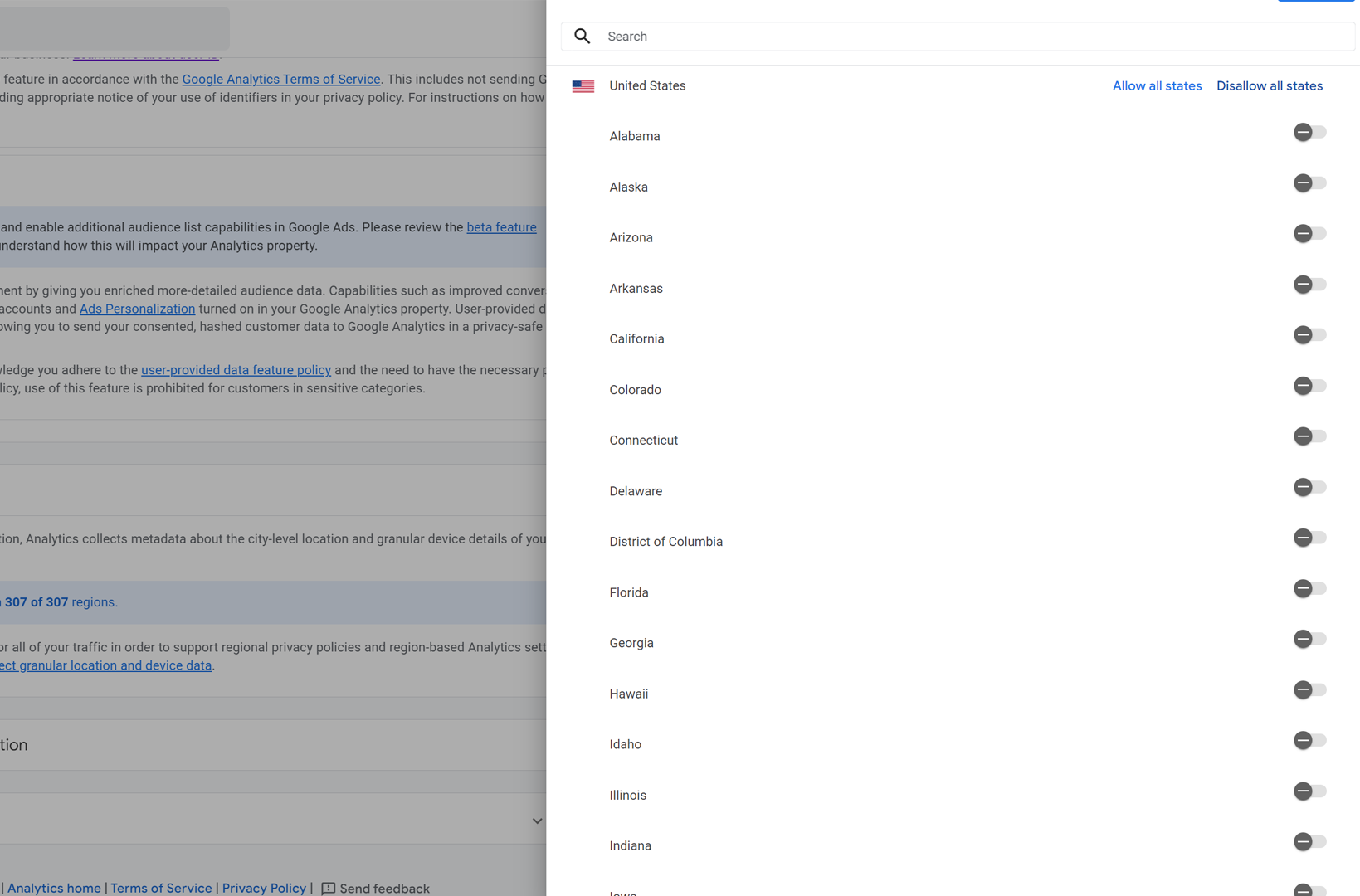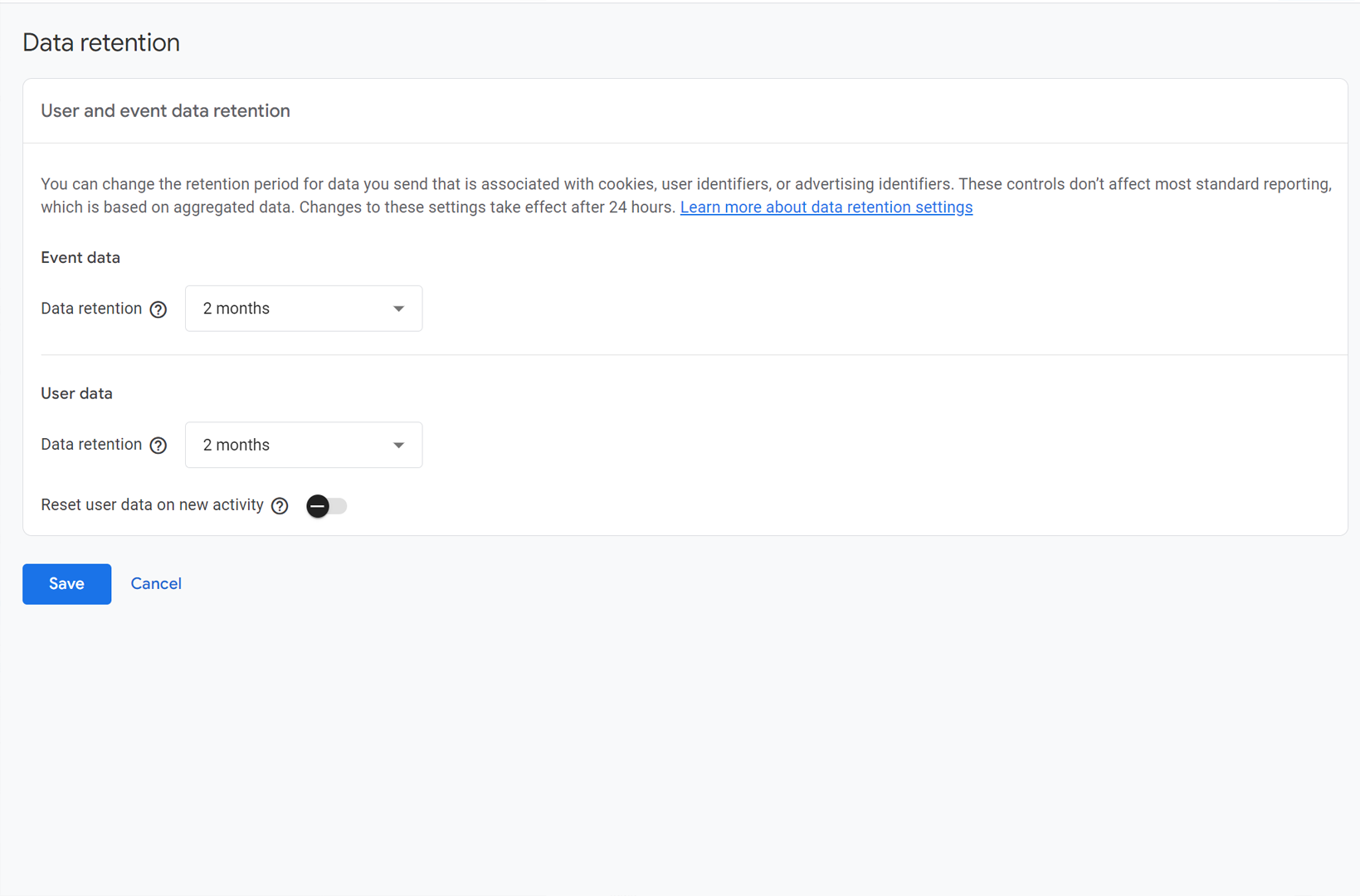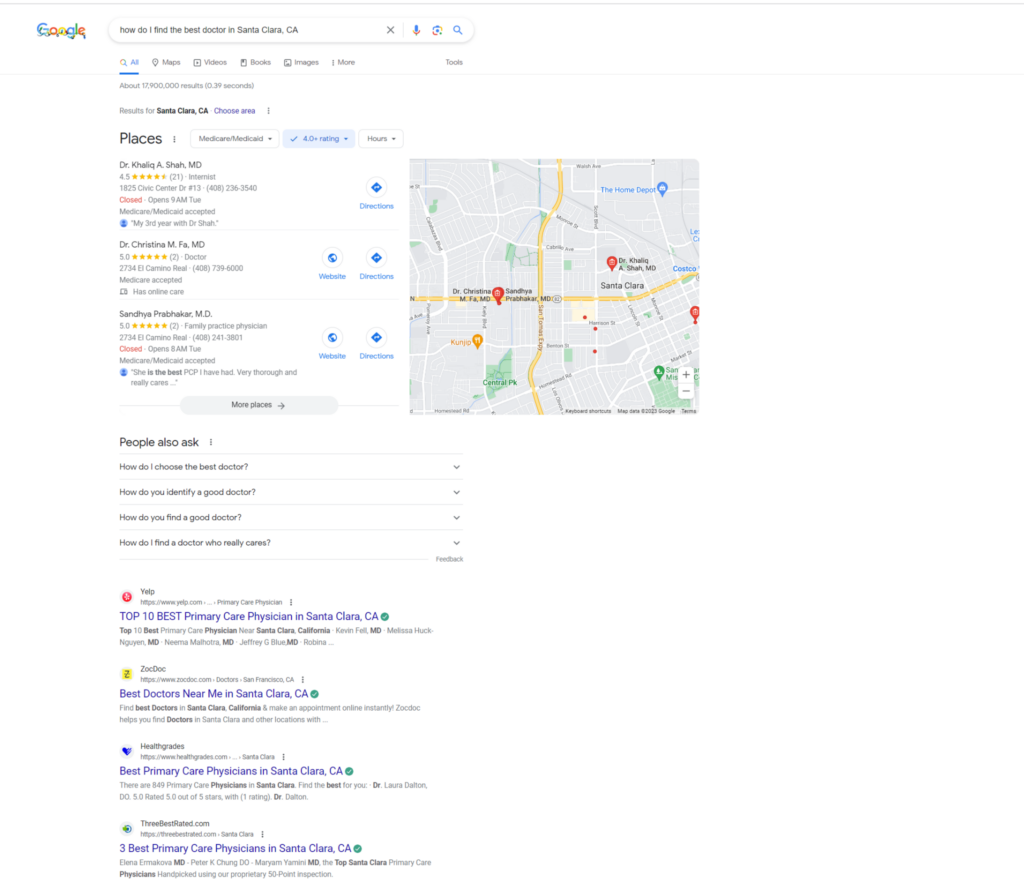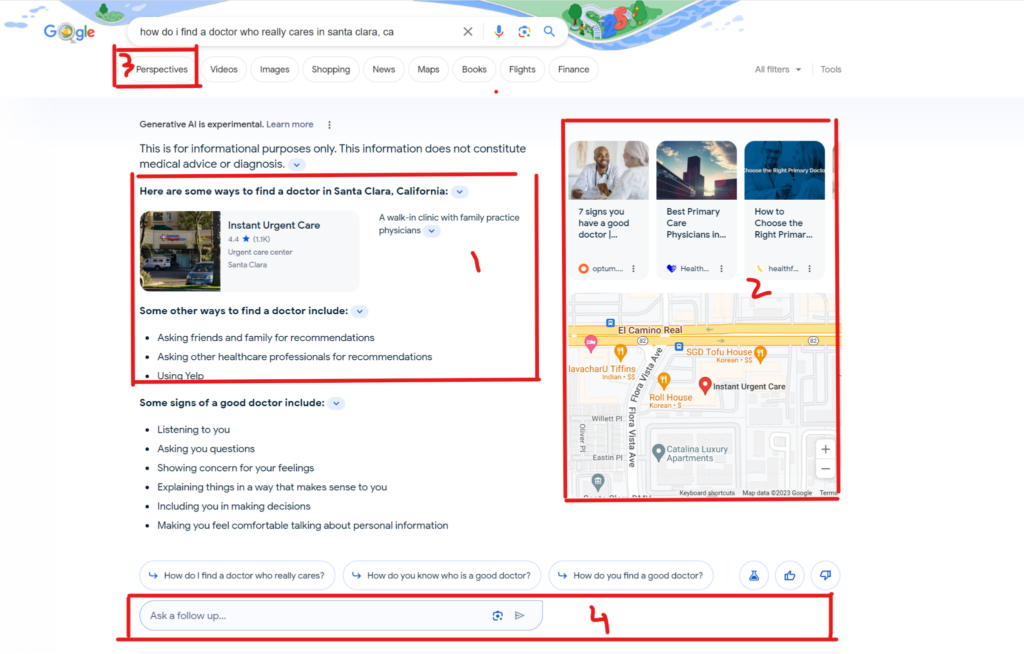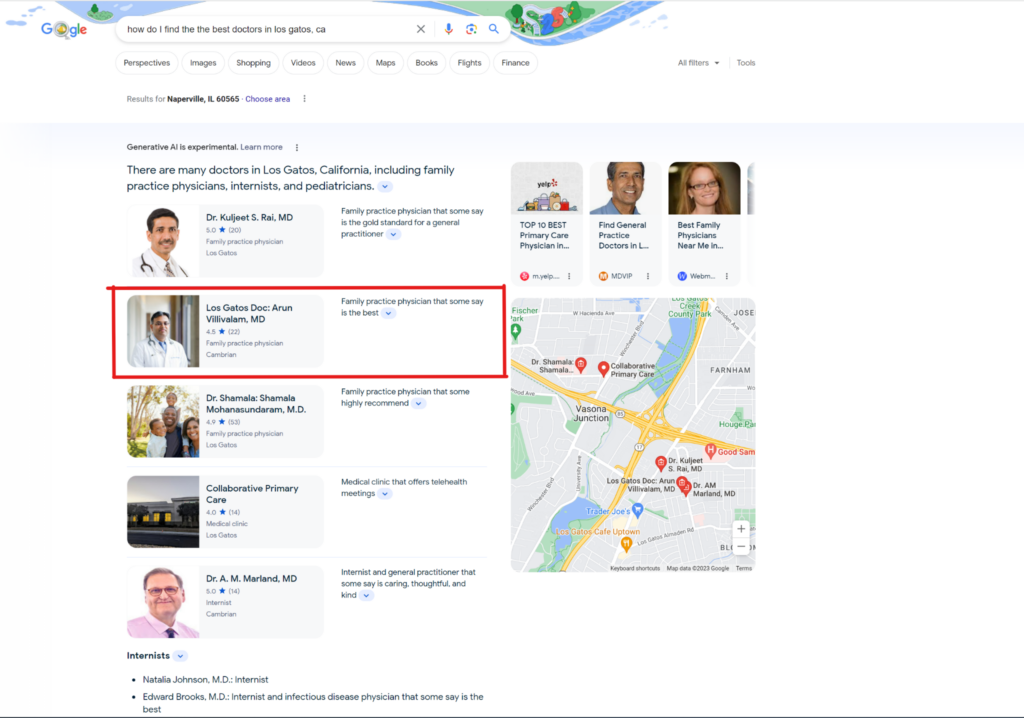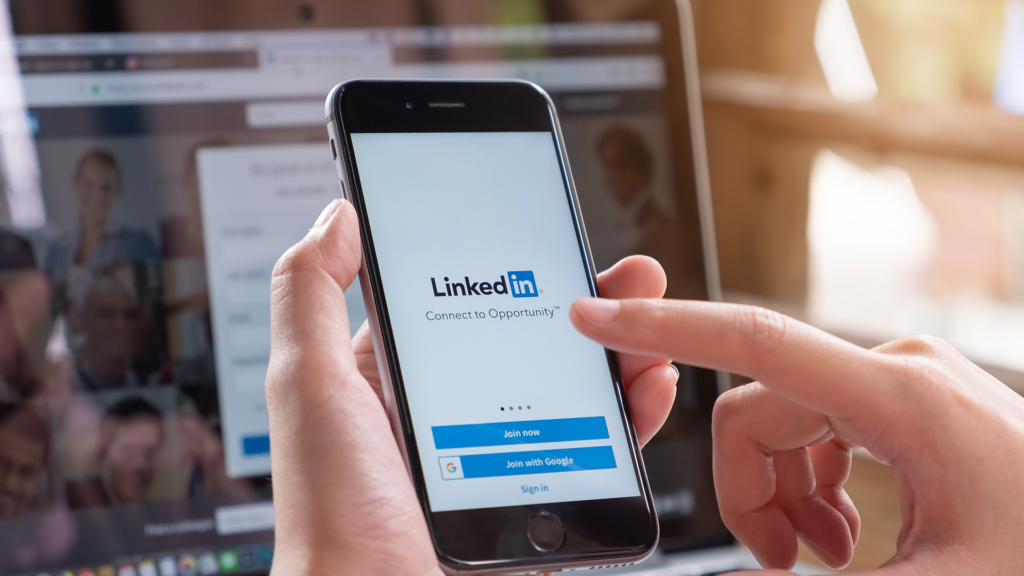
A key B2B marketing goal is to generate a pipeline of qualified leads that can then be handed over to sales to be followed upon. Other marketing goals are brand awareness & reputation building, customer upsell & cross sell, and building brand advocates – this completes the lifecycle revenue marketing model. More on this later.
As a B2B Advertising Agency in Chicago, our B2B lead generation is usually done through a two-pronged strategy: an inbound, content-led strategy or an B2B outbound search or social media advertising, including account-based campaigns. This article will focus on one such outbound strategy: Google Search Ads.
The Power of B2B Lead Generation with Proven Google Ads Strategies
Google Ads is an excellent outbound strategy that works well to drive sales qualified traffic, assuming you have a well-positioned & credible brand and a clear set of solutions that you can either demo or provide a quote for (the two scenarios will dictate the clear call to action in your Google Ads).
Let’s start with the well established best practices of B2B lead generation through Google Ads
Create Your B2B Lead Generation Google Ads Strategy
B2B sales cycles are long, ranging from an average of 2 months to 6 months & more. B2B buyers go through stages of awareness, consideration and decision making. Google Ads can work well to target buyers when they are still in their awareness stage. Marketing can target buyers through advertising content-led informative pieces such as white papers and industry trend write-ups. Marketing qualified leads (MQLs) who consume top-of-the-funnel content pieces can then be nurtured deeper into the funnel through marketing automation and drip marketing.
However, for sales qualified lead generation, it is best to target mid-funnel and bottom-funnel buyers who are actively looking for solutions and are in the process of shortlisting candidates for their final decision making. This is the sweet spot that you can target via Google Ads.
You can create clear calls to action to drive demo, consultations or requests for quotes.
Identify Your Ideal B2B Customer with Precise Targeting
Before you look into targeting on Google Ads platform, you should create buyer profiles. In order to do so, list your customers characteristics , including geographies you are targeting, their things they like (interests), things they value (value system), job profiles (targeted job titles, industries, company revenue range etc.), and demographics (age, sex, marital status, presence of children, etc.).
Based on your buyer profile, you can now set targeting options on Google Ads. Google Ads allow for rich targeting options, including locations, audience targeting via inbuilt Google Segments (such as affinity or in-market audiences) or search-term intent segments. You can also upload customer lists or create retargeting lists based on criteria you set and develop similar audience segments to make your targeting laser sharp (more on this later).
Assuming you have identified the best keywords for your campaigns, define your campaigns and ad groups strategically aligned with your business goals. Remember, similar solutions or products typically should be placed under one campaign unless you want to allocate different budgets or goals (for instance, Solution A advertised in two different locations), in which case you may want to create separate campaigns for each location. Once you create campaigns, you can use ad groups within each campaign with common themes or targets to control bid strategies, placements, audience targeting etc.
Do Your Keyword Research & Add Negative Keywords Diligently
Just like identifying ‘high-traction’ keywords that signal commercial or transactional intent for SEO, B2B Google ad campaigns’ success also rests on identifying mid-funnel commercial or transactional keywords. If you are targeting top funnel audiences, you may also decide to include informational- or educational-intent keywords.
Google ads allow for broad match keywords, phrase match keywords or exact-match keywords. When starting with a brand new ad campaign, it may be worthwhile to start with broad match campaigns if you want to cast a wider net. As you collect more data on search keywords, you may want to switch to or add phrase match keywords. Remember, you may want phrase match or exact match keywords to increase the probability of a good match but the volume for those keywords may be low or the cost per click may be higher.
B2B lead generation via Google Ads requires very tight monitoring of keywords in the initial phases to ensure you are neither paying for irrelevant clicks nor do you want to pay exorbitant prices for keywords that spiral your ad budget out of control.
We find adding negative keywords is an especially important step, especially if you’re starting out with broad match keywords. Mixing in broad match keywords with phrase match or even exact match keywords over time is a great strategy that brings in the greatest ROI as that casts the widest net but also builds high-intent keywords through phrase and exact match. However, regular monitoring is a must anytime you work with broad match keywords.
Crafting Irresistible B2B Ad Copy, Offers & Landing Pages
As a B2B marketer, you know the importance of standing out in a crowded landscape. Your ad copy and offers need to be compelling enough to capture the attention of your target audience and inspire them to take action. But how do you achieve that?
The key lies in understanding your buyers’ pain points and crafting a value proposition that speaks directly to their needs. Your ad copy should clearly communicate the unique benefits of your product or service, while your offers should provide tangible value that your prospects can’t resist.
Whether it’s an informative lead magnet, a limited-time discount, or a free consultation, your B2B offers must be tailored to your audience and designed to drive conversions. By focusing on the specific challenges your buyers face and how your solutions can solve them, you can create ad copy and offers that are truly irresistible.
Add Ad Assets
Are you looking for an easy way to improve your Adwords performance? We highly encourage you to consider ad extensions to improve your ad performance. Ad assets (previously known as extensions) are hyperlinks you see below the main text ad. Having visible and relevant hyperlinks along with the main ad is likely to increase your click-through-rate (CTR).
Amongst the ad assets we recommend for B2B lead generation ads are:
- Sitelink – Sitelink ad extensions are hyperlinks that are deep linked to relevant pages on your website. You could consider adding sitelink extensions to your product/service specific landing pages, for example.
- Callout – Callout extensions allow you to display additional text along with your ad that highlights what makes your business unique. Note that callouts are set up at the account level and are not clickable.
- Call – This is a must for your on-the-go mobile audience! By enabling the call extension, you are allowing users to simply click on your phone number displayed in the ad, reducing the number of clicks required for conversion.
- Price – If you offer competitive pricing, you may want to use price extensions to display those under your ads for differentiation and improved conversions.
- Promo – If you are running promotions or discounts, you may want to use these extensions to highlight them in your ads. You can select dates to show these extensions and use either flat rate or percentage discounts.
- Lead Form – Lead forms are especially useful for B2B lead generation as they eliminate the need for a click to your landing pages. Users can provide required information directly through Google Ads.
There are other ad assets provided by Google Ads, such as location, seller ratings, app, image, affiliate locations and structured snippet assets that can also use, if they make sense for your business.
Optimizing Your B2B Google Ads Bidding for Maximum Conversions
Now that you’ve created your ad strategy, defined your buyer profiles, researched and refined your high traction keywords and created outstanding ad, offers and landing pages,the next step is to define your bidding strategy.
Most B2B lead generation campaigns benefit from maximize conversion, maximize conversion value, or Target Return on Ad Spend (tROAS) bidding strategies.
A word of caution here – do not set a maximize cost per click (CPC), a maximize cost per acquisition (CPA) or a target ROAS percentage without collecting 6-12 weeks of data. We have seen that low CPCs, in an attempt to control ad budgets, can generate low-quality leads. Similarly setting very low cost per acquisition can also skew the results towards low-quality B2B leads.
Leverage Retargeting Ads to Nurture B2B Leads
It’s a well-known marketing rule that a prospect needs at least seven touch points before they will consider your call to action and act upon it. For B2B sales, you may require even more touch points than that. In addition, there may be multiple decision makers that you need to convince in order to drive a consideration or a sale.
This is where retargeting platforms come in handy. Consider setting up retargeting lists of website visitors who have exhibited an interest in your services or product on Google Ads, LinkedIn or even Facebook / Instagram.
You can target not only the visitors to your website through more personalized ads on other platforms, but you can also build a lookalike audience segment and target similar profiles through targeted ads.
The multiple touchpoints will only strengthen your chances of being considered as a vendor for the solutions your prospects are looking for.
Conclusion: Dominate Your B2B Market with the Power of Google Ads
If you’re serious about growing your B2B business, you can’t afford to ignore the power of Google Ads. By leveraging the unparalleled reach and targeting capabilities of this platform, you’ll be able to connect with your ideal customers at the exact moment they’re searching for your products or services.
Crafting a high-performing B2B Google Ads strategy requires a deep understanding of your target audience, their pain points, and the buyer’s journey. But when executed correctly, it can deliver a consistent flow of qualified leads and skyrocket your revenue.
You can use other social media ad platforms complimentary to Google Ads to run retargeting campaigns. However, Google Ads is one of the most powerful outbound campaign platform that we have seen in driving sales qualified B2B leads, if executed well.
Dominate your industry and reach new heights of success with the help of this proven digital marketing powerhouse.
Contact Webtage, a premiere B2B brand and performance marketing agency in Chicagoland to discuss your B2B sales pipeline generation needs.




